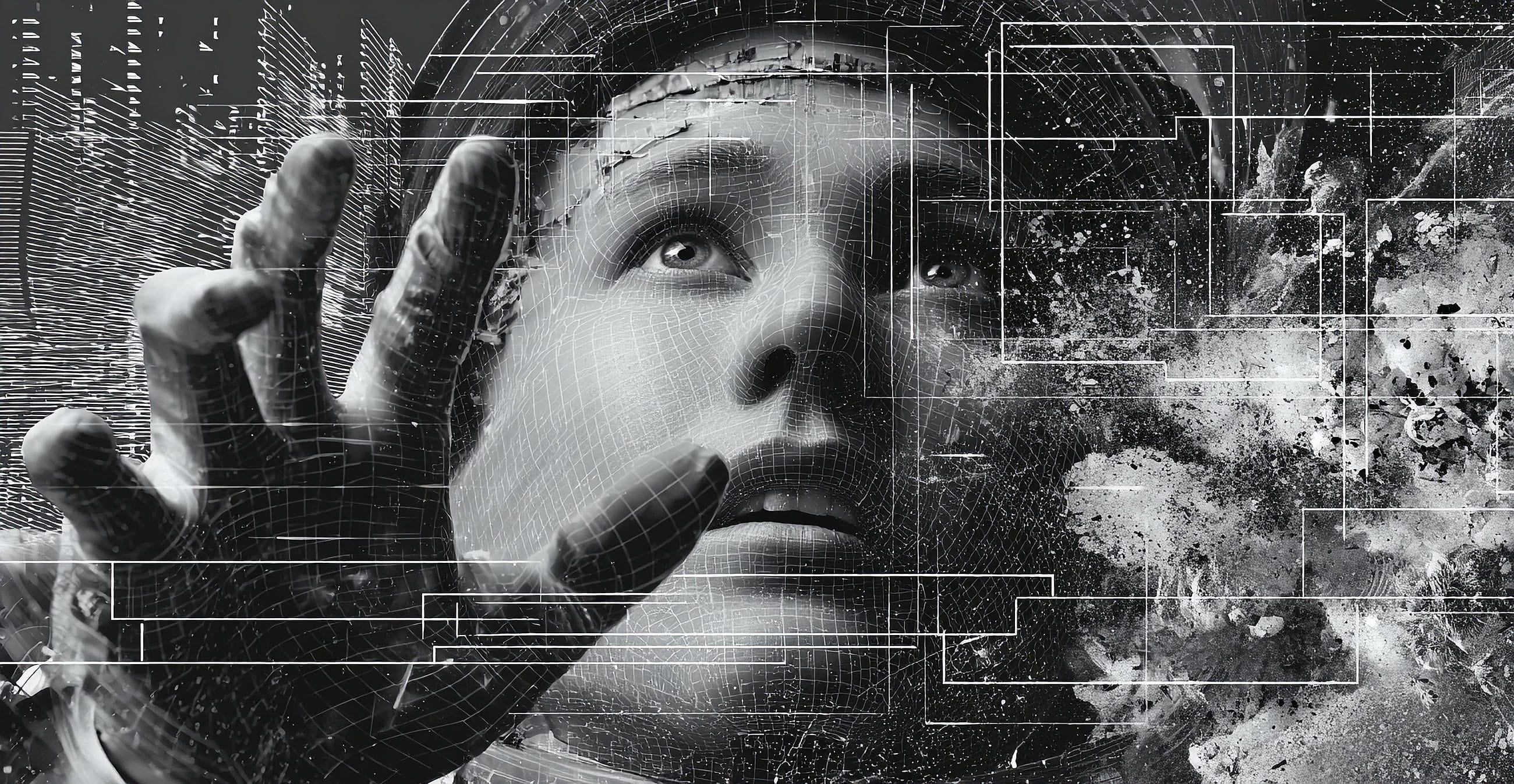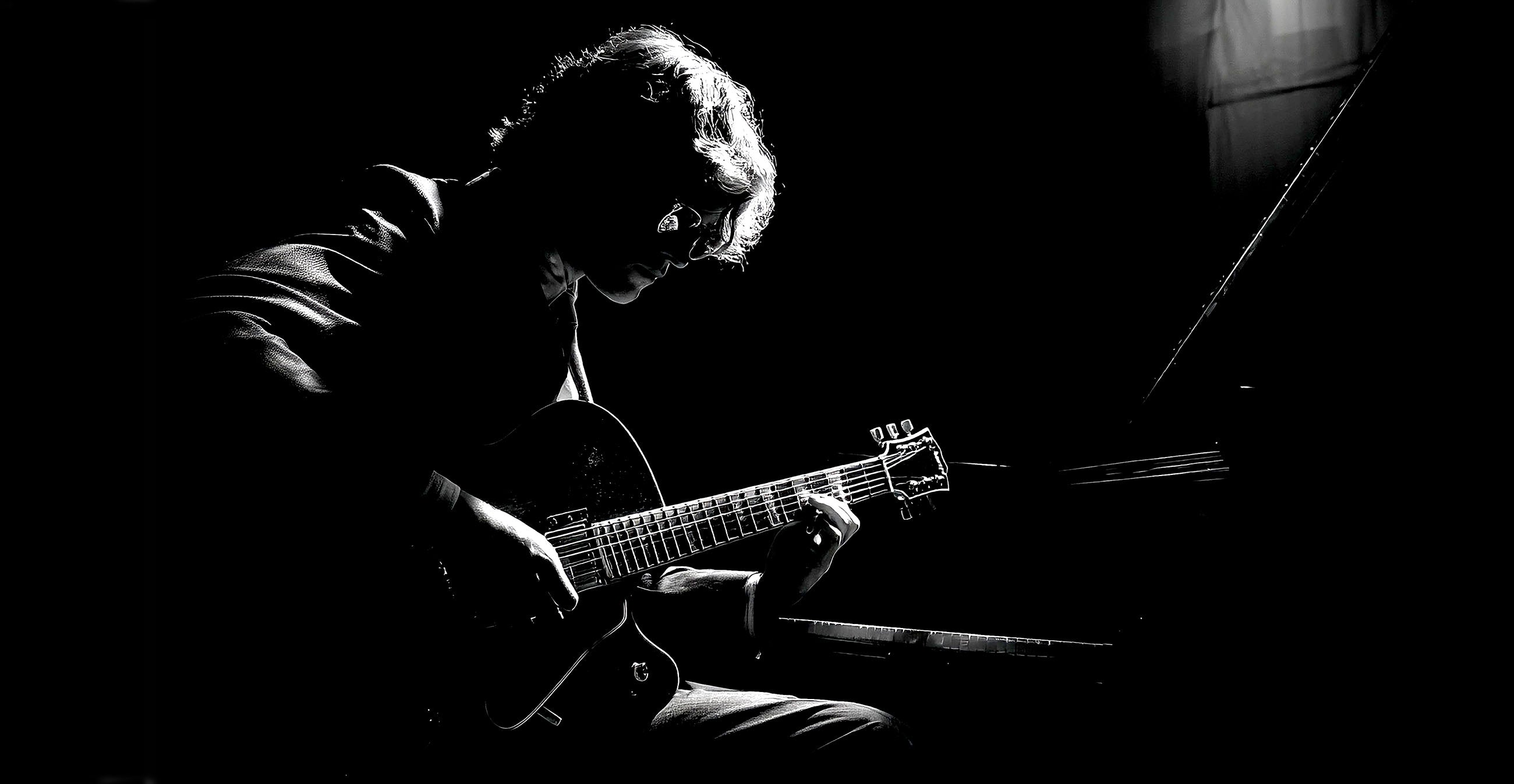Picture a camera that never flinches, a single, unbroken gaze that pulls you into the chaos, the beauty, and the heartbreak of life itself. Welcome to Adolescence, Netflix’s daring new series that wields the one-take camera technique like a brush on a canvas, painting a story so vivid you can’t look away. Echoing the seamless artistry of Birdman and the relentless momentum of 1917, this series follows a teenage boy accused of murder, unraveling a tapestry of family, society, and the fragile edge of youth. Crafting such a series is no small feat; the one-take approach demands meticulous planning and flawless execution, often requiring months of rehearsal and precise timing to capture each episode in a single, continuous shot. There are no famous stars here, but the extraordinary actors and actresses weave a kind of magic, their raw, unpolished brilliance lighting up the screen with an authenticity that feels almost otherworldly. More than a technical marvel, Adolescence is a mirror to our souls, reflecting the struggles we share and the stories that define us. For movie lovers, it’s a cinematic revelation; for parents, a haunting wake-up call; for storytellers, a bold lesson in craft; and for social science enthusiasts, a deep dive into the human condition. Step into its world, let’s explore why this series is a masterpiece you won’t forget.
"They can't find the knife."
For Movie Lovers: A Cinematic Symphony in One Take
The one-take shot, or “oner,” is a filmmaker’s tightrope walk: one misstep, and the illusion shatters. In Adolescence, every episode is a high-wire act of perfection, a continuous flow where the camera dances through tension and tenderness without ever cutting away. Unlike Birdman, with its cleverly hidden edits, or 1917, stitched together to mimic seamlessness, Adolescence commits to the real deal, true, unbroken takes that demand flawless choreography from cast and crew alike. Director Philip Barantini and cinematographer Matthew Lewis transform this constraint into a triumph, crafting a visual language that feels alive, urgent, and achingly human. The camera isn’t just a tool; it’s a witness, pulling you into the story’s pulse with an intimacy that traditional cuts could never achieve.
Compare it to the greats, and Adolescence stands tall. Where Birdman used the oner to blur reality and madness in a surreal ballet, and 1917 plunged us into the relentless march of war, Adolescence turns inward. It captures the suffocating weight of a family in crisis, the camera weaving through their lives like a ghost unable to look away. The cast, unknown yet spellbinding, delivers performances so visceral they feel like revelations, their lack of fame only amplifying the story’s authenticity. This isn’t just technique for technique’s sake, it’s storytelling elevated to art, where every frame pulses with emotion, making it a must-see for anyone who cherishes the magic of movies.
For Parents: A Window into Today’s Youth
For parents, Adolescence is a gut punch and a lifeline all at once. Through the Miller family’s unraveling, centered on Jamie, a teen accused of murder, we see the shadows lurking in modern adolescence: isolation, online radicalization, and the toxic pull of ideologies like incel culture. It’s a raw, unflinching look at the world our children navigate, where a smartphone can be both a bridge and a battlefield. The actors, unfamiliar faces with extraordinary depth, bring a haunting realism to these struggles, making every moment hit harder. This series doesn’t just tell a story; it holds up a mirror, asking us: Are we truly seeing our kids? Are we arming them against a digital age that can seduce and destroy in equal measure?
Technology in Adolescence is a double-edged sword, connecting Jamie to the world yet exposing him to its darkest corners. It’s a call to action for parents: monitor, yes, but also teach. Teach critical thinking to pierce through online lies, resilience to withstand virtual venom, and trust to turn to us when the screen becomes a snare. Beyond the external, the series probes the internal, how Eddie and Manda’s choices, flawed yet human, shape Jamie’s path, portrayed with a quiet, magical intensity by its unsung cast. It’s a reminder that our love, our silences, our missteps echo in our children’s lives. Watch it with your teens, or let it spark the talks we too often avoid, about mental health, peer pressure, and the courage to ask for help. In an era of next-generation parenting, Adolescence underscores the urgency of adapting to a hyper-connected world, guiding kids through its perils with empathy and vigilance.
For Storytellers: Crafting a Tale in Real Time
To a storyteller, the one-take format of Adolescence is a paradox, a cage that sets you free. It’s a relentless clock, ticking through every scene with no room for error, yet within that pressure lies a rare chance to immerse your audience fully. Here, the story unfolds as life does: messy, unbroken, real. The writers balance plot and character with surgical precision, letting tension build like a storm you can’t escape, while the unknown actors deliver performances that feel like lightning strikes—unexpected, electric, unforgettable. For those who craft narratives, this series is a revelation, proof that limits can inspire brilliance.
Characters in Adolescence breathe through the smallest moments, a fleeting glance, a trembling pause, because there’s no edit to hide behind—and the cast’s raw talent makes every beat sing. The settings, too, become storytellers: a cramped police station echoing entrapment, a lonely field whispering despair. Writing for this format is a dance, dialogue must sing, transitions must flow, every beat must land. It’s a lesson in showing, not telling, a challenge to any storyteller to strip their craft to its rawest, most powerful core. Watch it, study it, and let it ignite your next tale.
"I’ve done nothing wrong."
For Social Science Enthusiasts: A Study of Society’s Soul
Adolescence isn’t just entertainment, it’s a social scientist’s goldmine. At its heart lies the chilling rise of incel culture, a symptom of isolation and online echo chambers that turn vulnerability into venom. Jamie’s journey lays bare how society fails its youth, through bullying that scars across platforms, through systems too broken to catch those who fall—brought to life by actors whose lack of fame only deepens the story’s stark truth. It’s a narrative steeped in the now, reflecting the psychological toll of digital life and the sociological cracks we can no longer ignore.
From the pervasive reach of social media, both a lifeline and a landmine, to the justice system’s stumbles, Adolescence critiques the structures meant to protect us. Bullying here is no mere subplot; it’s a force that shapes identity and destiny, rendered with a quiet, magical potency by its extraordinary cast, demanding we rethink our approaches. For those who study humanity, this series is a call to action, urging better mental health support, digital literacy, and policies that heal rather than punish. It’s a story that doesn’t just entertain; it challenges us to mend the world it portrays.
"LET'S GET THE DAY BACK!"
A Lens on Life Uncut
In Adolescence, the one-take camera isn’t just a gimmick, it’s a heartbeat, driving a story that’s as urgent as it is eternal, elevated by a cast of unknowns whose performances feel like pure magic. It’s a triumph of craft for movie lovers, a clarion call for parents, a muse for storytellers, and a map of society’s fault lines for the curious. Above all, it’s a testament to our shared humanity, the stumbles, the strength, the search for meaning in a fractured world. As the camera rolls on, unyielding, it dares us to do the same: to face life head-on, to feel deeply, and to find connection amid the chaos. Stream it on Netflix, and let it linger in your thoughts long after the screen fades to black.






